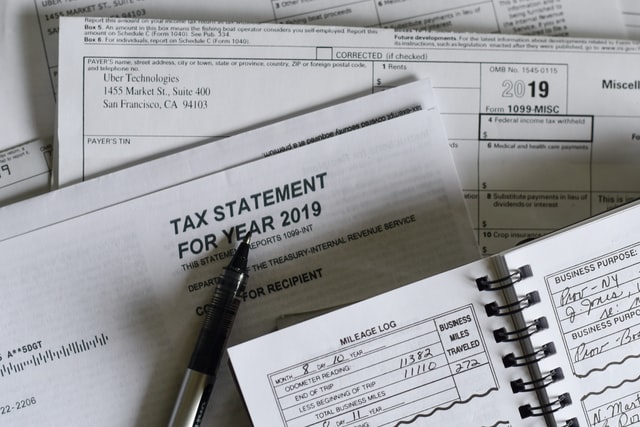Income Tax in the Netherlands
When you live in the Netherlands you pay tax in the Netherlands on your income, on your financial interests in a company and on your savings and investments. The Tax and Customs Administration (Belastingdienst) collects income tax.

We explore in this section
Types of income tax
You are subjected to pay tax on your income when you live in the Netherlands. Some of your expenditures may be tax-deductible.
For tax purposes, income is divided into three categories (known as boxes).
- Box 1 - Income from work and home ownership
- Box 2 - Financial interests in a company
- Box 3 - Savings and investments.
Tax on income from work and home ownership (box 1)
In Box 1, you pay tax on your taxable income from work and home ownership. Income from work includes:
-
Salary, tips, or business profits
-
Benefits, pensions, annuities, and maintenance payments
-
Income from abroad
-
Income earned as a freelancer, childminder, artist, or professional athlete
As of January 1, 2025, the Dutch government revised the tax structure for Box 1 income, introducing three tax brackets:
Box 1 Tax Rates for 2025:
| Taxable Income (€) | Tax Rate (%) |
|---|---|
| Up to €38,441 | 35.82% |
| €38,441 to €76,817 | 37.48% |
| Above €76,817 | 49.50% |
These rates include national insurance contributions.
Deductible items and tax credits
Some expenditures are deductible from your income from work and home ownership (personal allowances). The tax is calculated on the remaining amount. Your tax credits are then deducted, leaving the amount of tax payable.
Tax on substantial interests (box 2)
Tax on Substantial Interests (Box 2)
In Box 2, you pay tax on income from substantial interests. You have a substantial interest if you, alone or together with a tax partner, hold at least 5% of the shares, options, or profit-sharing certificates in a company. Income from substantial interests includes dividends and capital gains from the sale of shares.
Box 2 Tax Rates:
| Tax Year | Income up to €67,804 | Income above €67,804 |
|---|---|---|
| 2025 | 24.5% | 31% |
| 2024 | 24.5% | 33% |
In 2024, the Dutch government introduced a two-bracket system for Box 2 taxation:
-
2024: A basic rate of 24.5% applies to the first €67,804 of income from substantial interests, with a higher rate of 33% for income exceeding this threshold.
In 2025, the higher rate was reduced
-
The basic rate remains at 24.5% for income up to €67,804, while the rate for income above this amount is lowered to 31%.
These adjustments aim to encourage investment by reducing the tax burden on income from substantial interests.
Savings and investments (box 3)
You pay tax on income from your wealth, including savings, shares and a second home. It is calculated as the value of all assets (such as savings and shares) minus any debts. Part of your wealth is not taxable: the capital yield tax allowance. You pay 30% tax on your taxable income from savings and investments. The government assumes a fixed return, which varies, depending on your savings and investments.
| Total asset | Tax rate over total asset |
|---|---|
| € 0 – € 50,649 | 1.82 % |
| € 50,650 – € 962,349 | 4.37 % |
| € 962,350 and over | 5.53 % |
FAQ about Income Tax in the Netherlands
What is the income tax rate in the Netherlands for 2023?
The income tax in the Netherlands for 2023 is 36,93 % between € 0 - € 73.071 and 49.50 % between € 73.071 and upwards.
Are taxes high in the Netherlands?
The Netherlands is considered a Welfare state, where higher earners pay up to 49,5% taxes over their salary. This is lowered considerably the last years but is still high compared to other countries.
Who pays taxes in the Netherlands?
If you live in the Netherlands or receive income from the Netherlands, you will have to pay income tax in the Netherlands. You will have to pay taxes in the Netherlands on your income, on your financial interests in a company and on your savings and investments.
What is the income tax rate in the Netherlands for 2024?
The income tax in the Netherlands for 2024 is 36,93 % between € 0 - € 73.071 and 49.50 % between € 73.071 and upwards.
